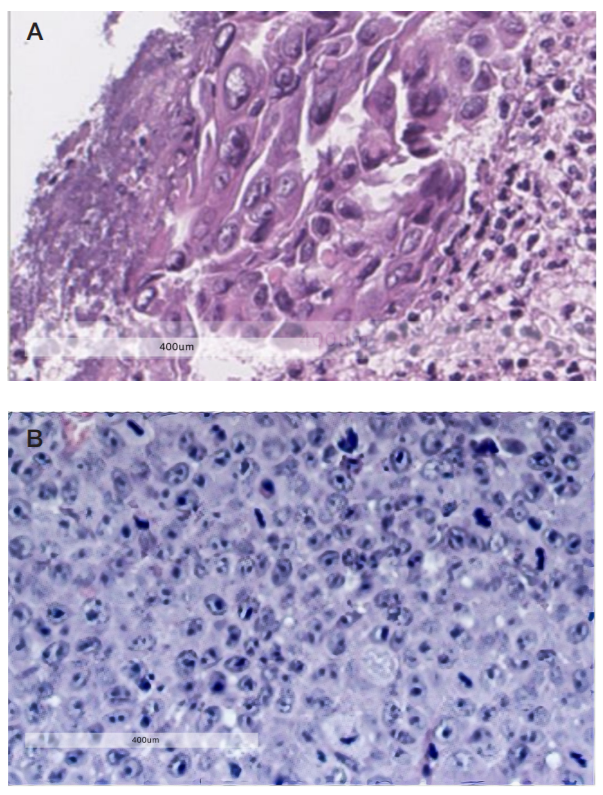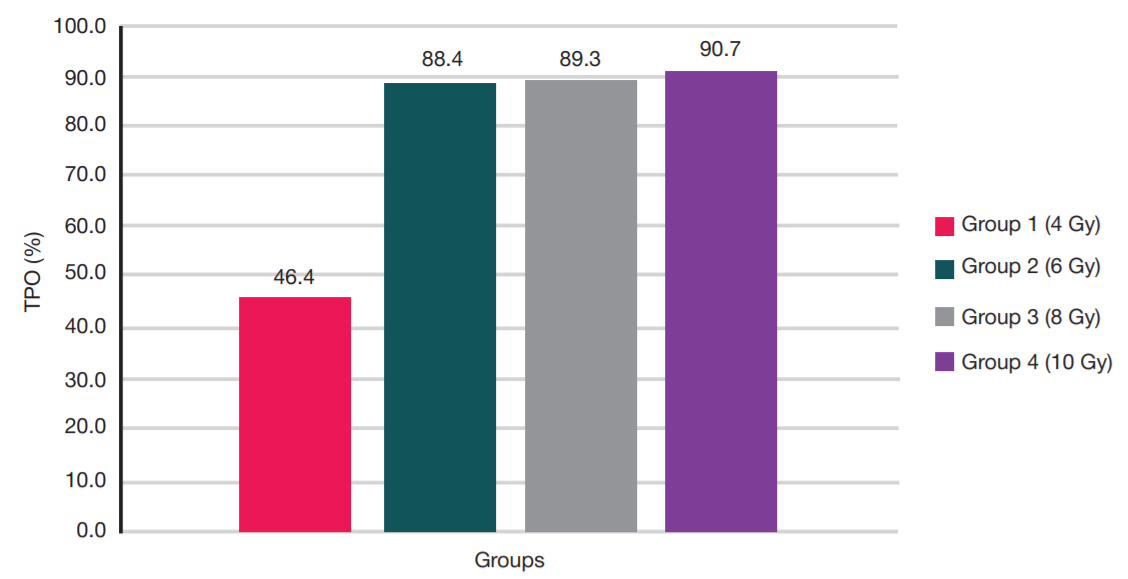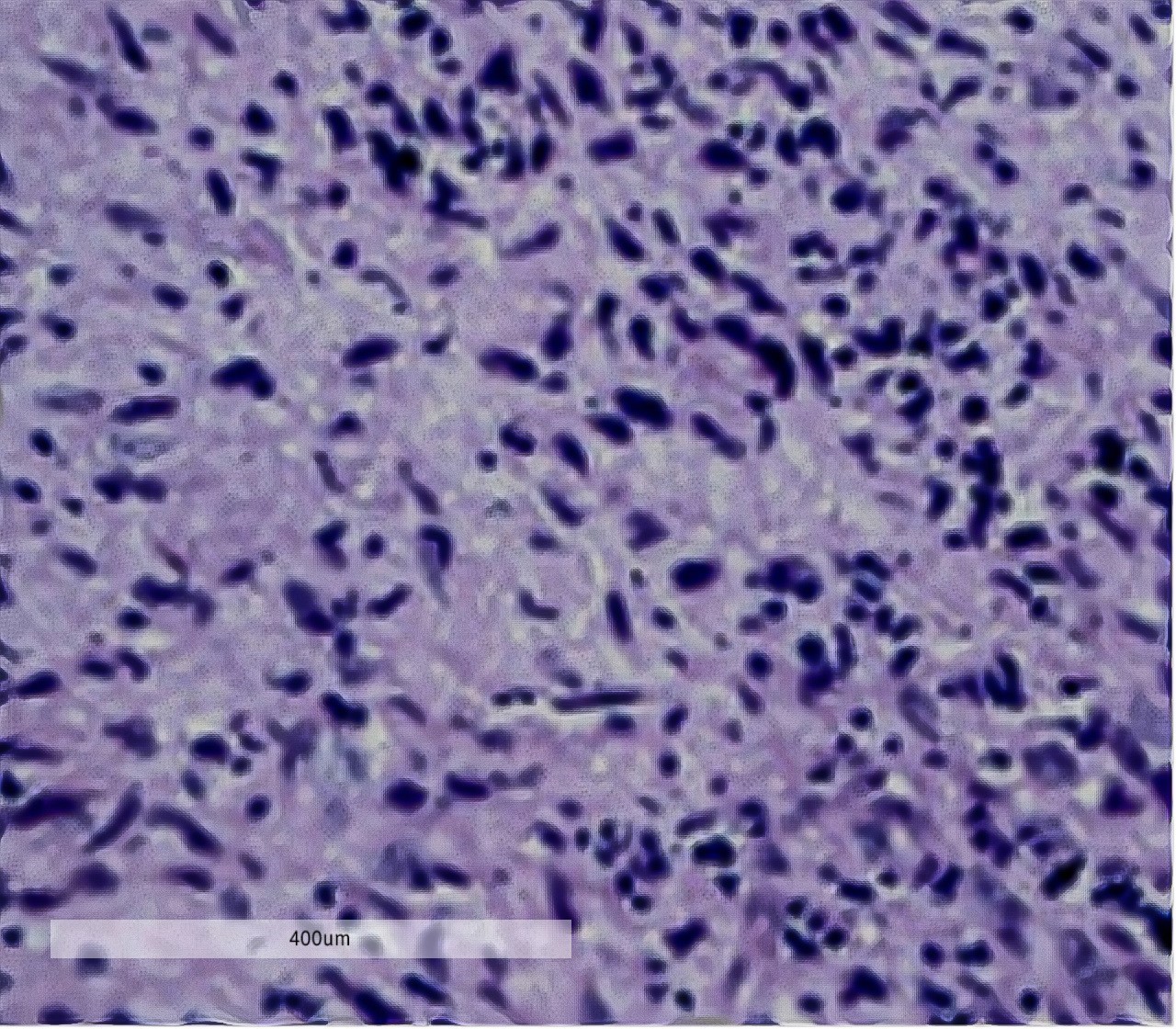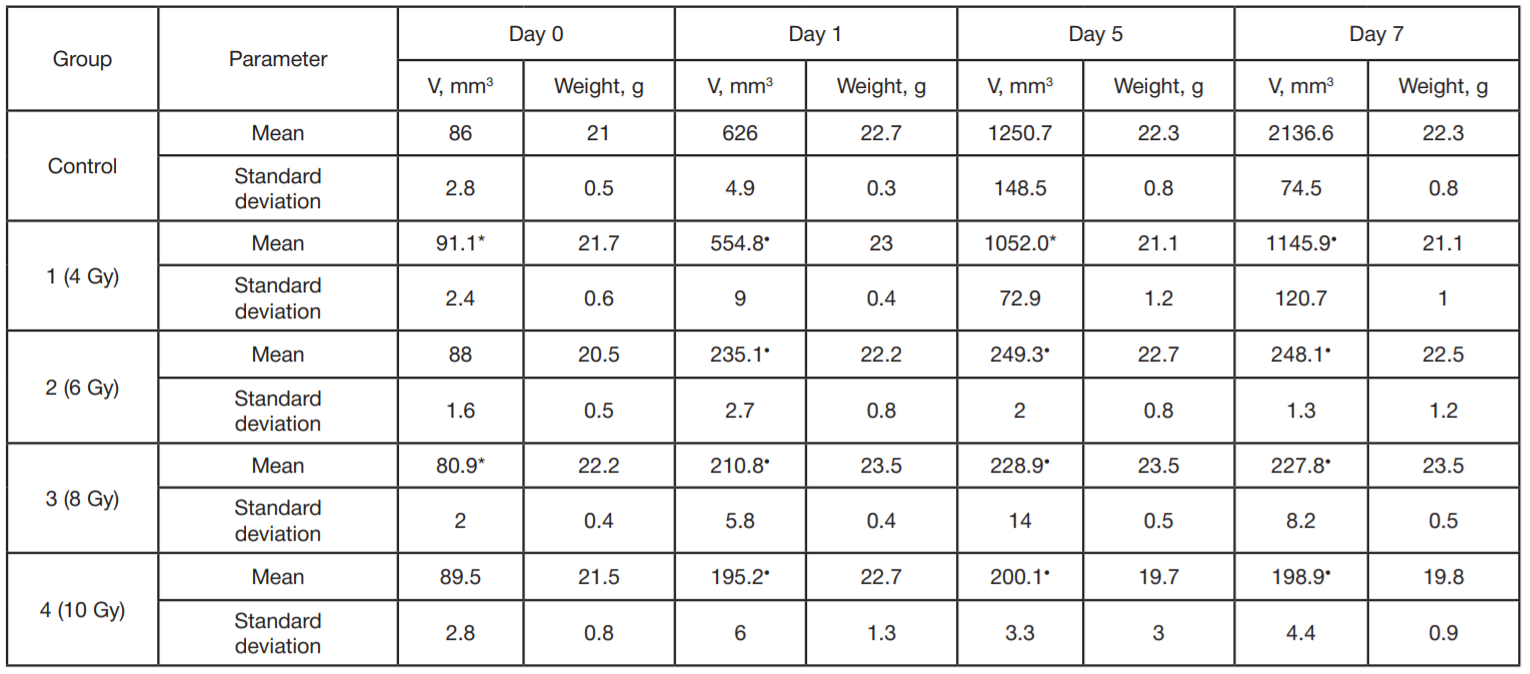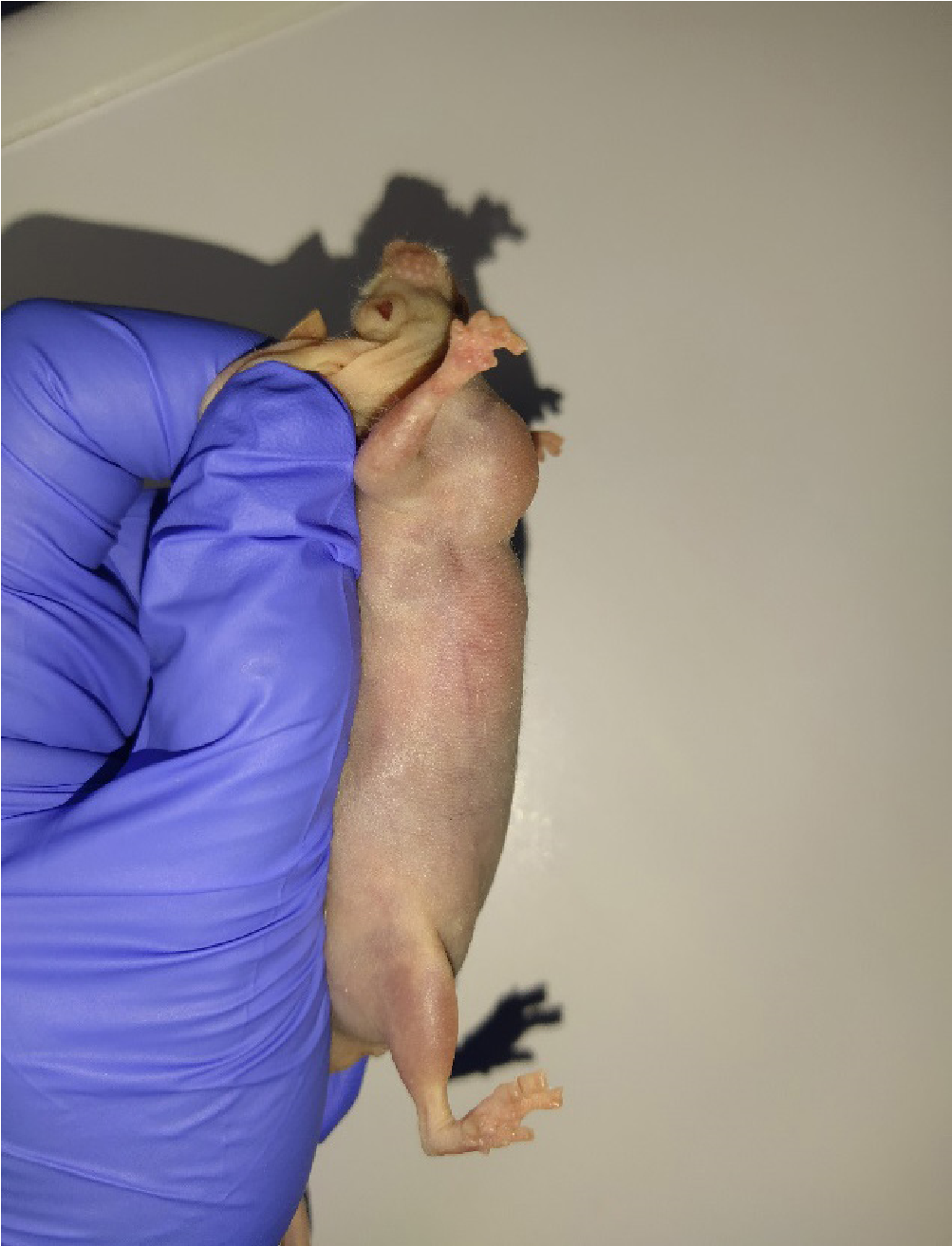
ORIGINAL RESEARCH
Antitumor effect of radiation therapy on orthotopic PDX models of human esophageal adenocarcinoma
National Medical Research Center of Oncology, Rostov-on-Don, Russia
Correspondence should be addressed: Alexandra A. Kiblitskaya
14 Liniya, 63, Rostov-on-Don, 344037; moc.liamg@dnaelabik
Author contribution: Kiblitskaya AA — data processing, manuscript preparation, technical editing, reference list, figures; Goncharova AS, Maslov AA — study concept and design, manuscript preparation; Anisimov AE — study concept and design, manuscript preparation, data acquisition, analysis and interpretation; Snezhko AV — content editing, manuscript preparation; Dimitriadi SN — data analysis and interpretation, technical editing; Gevorkyan YA — content editing; Kolesnikov EN — content and technical editing.
Ethical standards: the study fully complied with the principles of the Declaration of Helsinki; all requirements for animal housing were met; surgical interventions were conducted following the guidelines on the Care and Use of Laboratory Animals. The donors provided informed consent for their biological samples to be used in the study.
